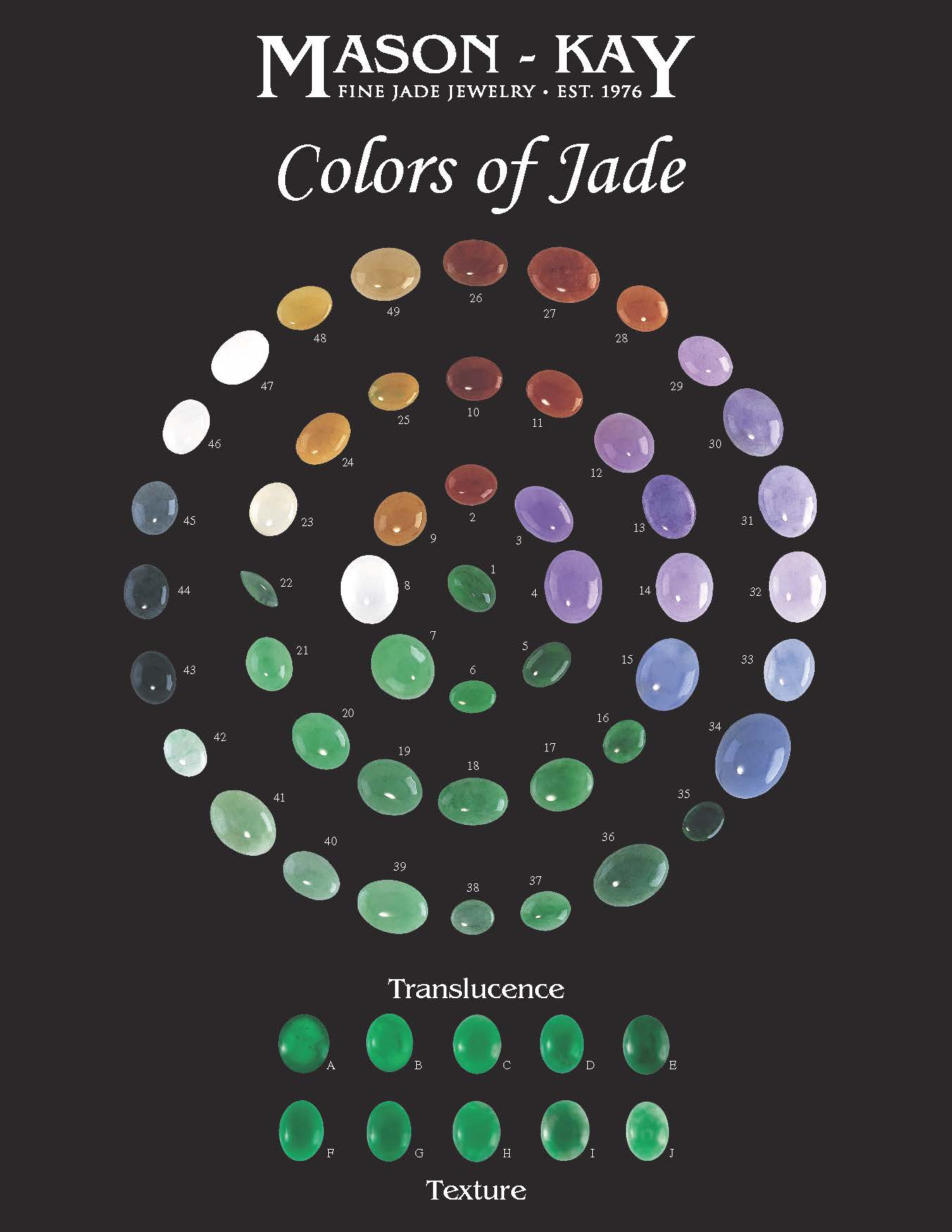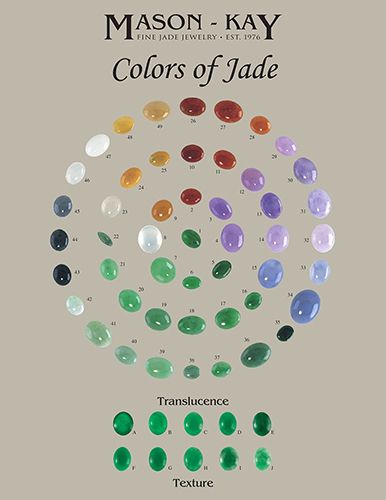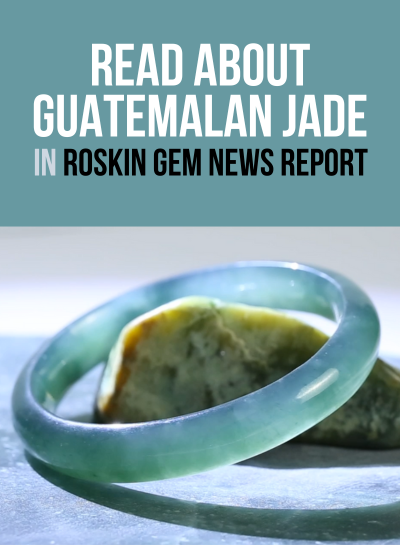Appraising jadeite is an art as much as it is a science. Many attributes must be considered and combined to ascertain value.
First is Color: Color includes hue, tone and intensity.
Regardless of the jade color being assessed, the correct (or most desirable) hue and tone with strong intensity results in the highest value, all else being equal. The obvious exception is of course colorless jadeite, or ‘ice’ jade.
Green is the most desirable color and exceeds all others by far in value in its fine qualities. Next valuable is lavender, ice, red, yellow, black, white & grey. Of course, a fine red or yellow jade stone is worth far more than a commercial green or lavender jade stone.
There is virtually an unlimited amount of combinations possible when taking the three color factors into consideration along with the many colors of jadeite available.
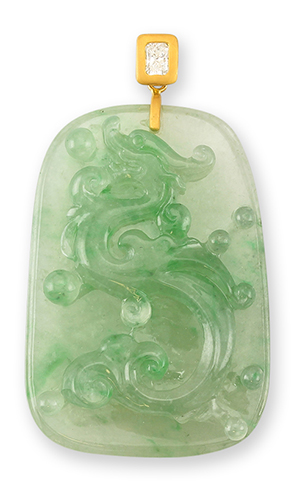 |
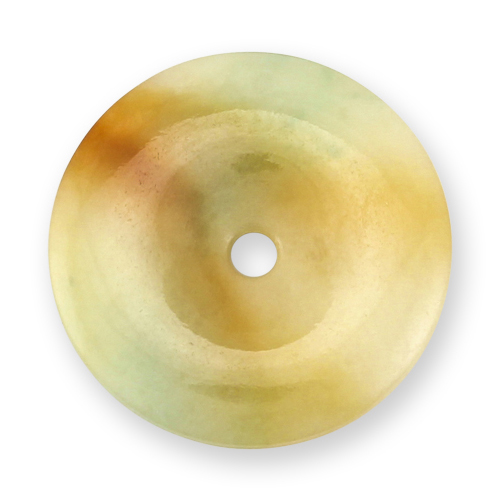 |
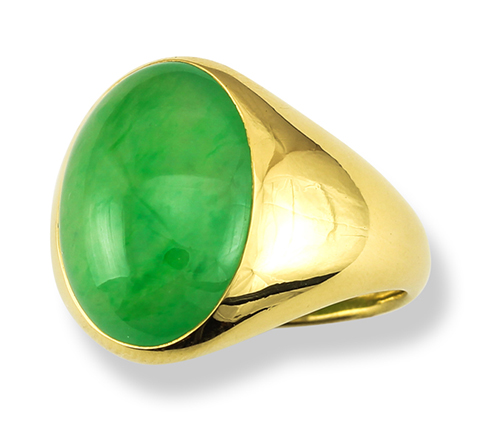 |
 |
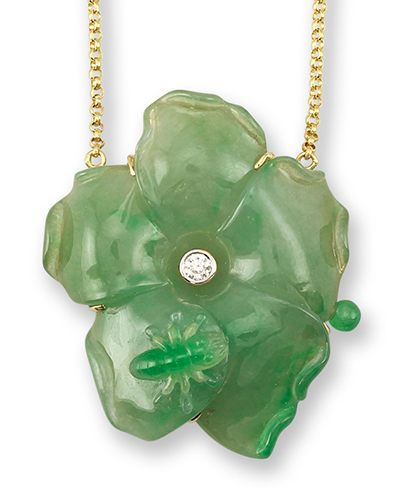 |
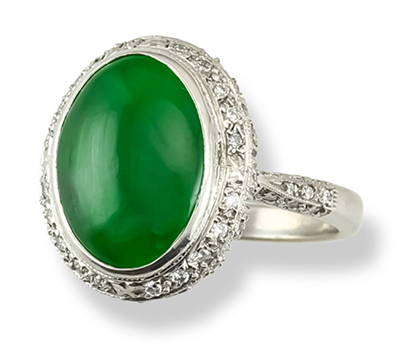 |
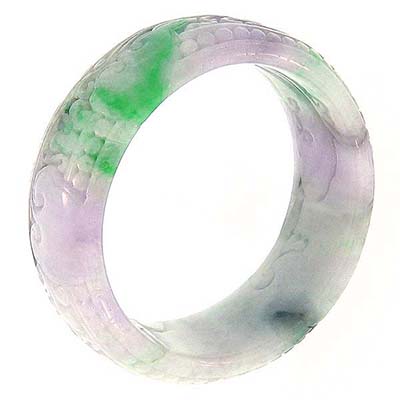 |
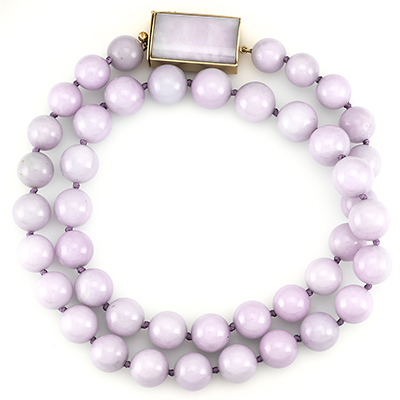 |
Second is Translucency: Translucency is the level to which one is able to see into or through the stone.
Jadeite can be anywhere from quite opaque to semi-transparent. Very simply, the more translucent a piece is, the higher its value, given the other conditions. A highly translucent stone often will exhibit a ‘glow’ when cut properly.
Third is Texture/Evenness: This includes soundness (lack of fracturing), surface texture, as well as distribution of color and translucency.
The best jade pieces have no fracturing at all, however fracturing is common in jadeite. There are many pieces with internal fractures and while not as valuable, these are acceptable gemstones. The poorest stones have surface breaking fractures and not much value other than re-cutting value if there is some color/translucency.
Surface texture should be smooth and free from pitting. Although all natural jadeite is very tough, there is some variance in the density of the granular structure from piece to piece. More ‘porous’ stones often will have surface pitting, even undercutting, that is very difficult, if not impossible to polish out. Stones with a more ‘compact’ granular structure are tougher and will take a better polish. The higher the translucency, the more compact the granular structure. Another reason translucency is desirable.
Preferably, the color of a jade piece should be evenly distributed. So should the translucency. Although there are cases where unevenness adds to the value. For example, if the body color is light, and there is deeper, more intense color streaking or spotting within a piece, the streaking or spotting adds to the value. Same concept applies to translucency. Better to have some areas of translucency within a piece rather than none…
Fourth is Cut: Symmetry, proportion, size, shape & carving.
As with any gemstone, symmetry and proportion are important in jadeite even though it is not cut into faceted stones. Jade is not measured or sold by the carat, but size still matters. The finer the quality, the greater the difference from smaller to larger sizes. Shape is usually dictated by the rough used. Carving quality is important, but smooth material is always preferable and carving only occurs when it has to.
Better material is usually cut into cabochons, bangles, beads & discs. Although with the cutting waste involved in bangles and beads, they are rare and expensive in finer qualities.
Cabochons are best when well shaped – not too long or too fat – and with a thickness proportionate to the length and width. Caliber sizes are only for commercial material as better material is cut to the best use of the rough.
Bangles & beads should be well rounded. Width and/or thickness variations in bangles and flat spots on beads are not good. Drill holes in beads should be well defined and not too large. Discs shouldn’t be too thin and the hole should be proportionate to the total width.
Carvings are done with material that is not clean enough of surface fracturing to be left smooth. This is common in jadeite. Carving depictions should be discernable.
Jadeite is a difficult stone to assess, not to mention the issue of possible treatment. Mason-Kay offers a testing and valueestimation service to the trade and to the public to assist with this challenge.
